Features From the Issue
-
Features
Rome's Imperial Port
The vast site of Portus holds the key to understanding how Rome evolved from a mighty city to an empire
 (De Agostini Picture Library/Bridgeman Images)
(De Agostini Picture Library/Bridgeman Images) -
Features
The Vikings in Ireland
A surprising discovery in Dublin challenges long-held ideas about when the Scandinavian raiders arrived on the Emerald Isle

-
Features
Packed for the Afterlife
The remarkably well-preserved contents of a Ming Dynasty tomb
-
Features
Iron from the Sky
Archaeologists and planetary scientists experiment with meteorites, ancient Egypt's first source of precious iron
-
Features
City of the Moon
New discoveries show that North America's biggest prehistoric settlement may have been the center of a lunar cult
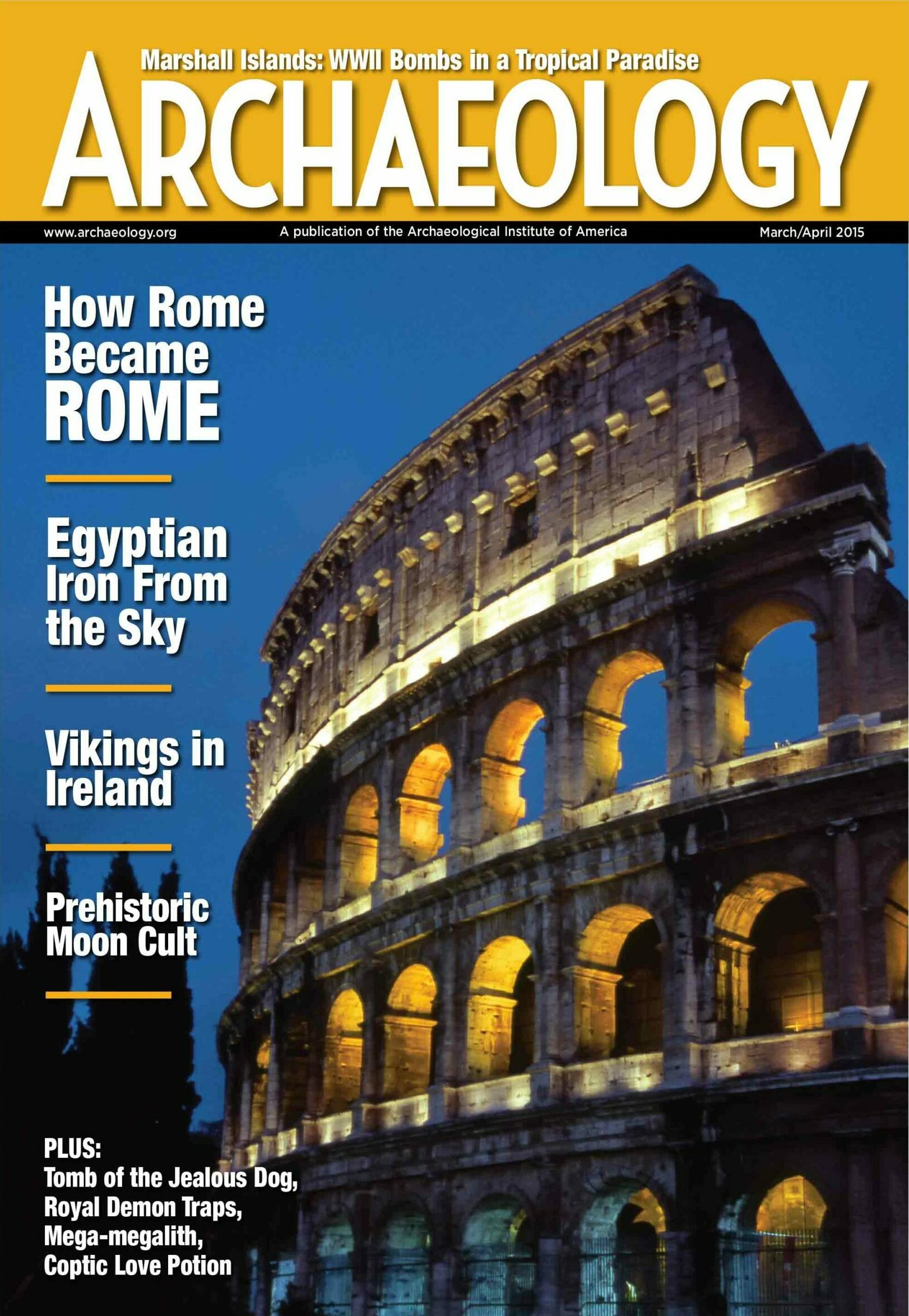
Letter From the Marshall Islands
Letter From the Marshall Islands
Defuzing the Past
Unexploded ordnance from WWII is a risk for the people of the Marshall Islands—and a challenge for archaeologists

Artifact
Artifacts
Antler Chess Pieces
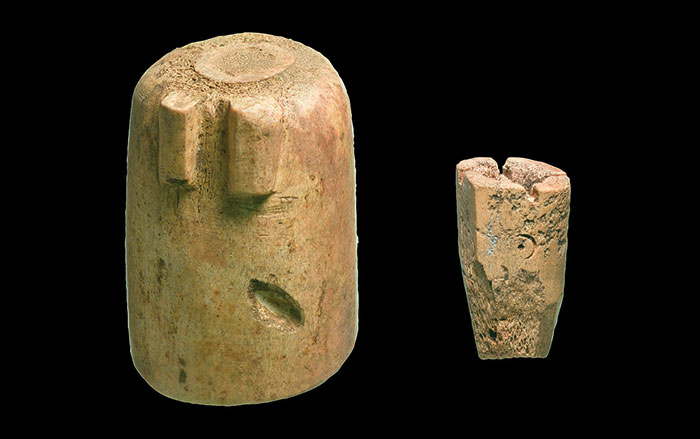
Digs & Discoveries
-
Digs & Discoveries
Seismic Shift
 (Courtesy Sichuan Provincial Institute of Cultural Relics and Archaeology)
(Courtesy Sichuan Provincial Institute of Cultural Relics and Archaeology) -
Digs & Discoveries
Treasures of Rathfarnham Castle
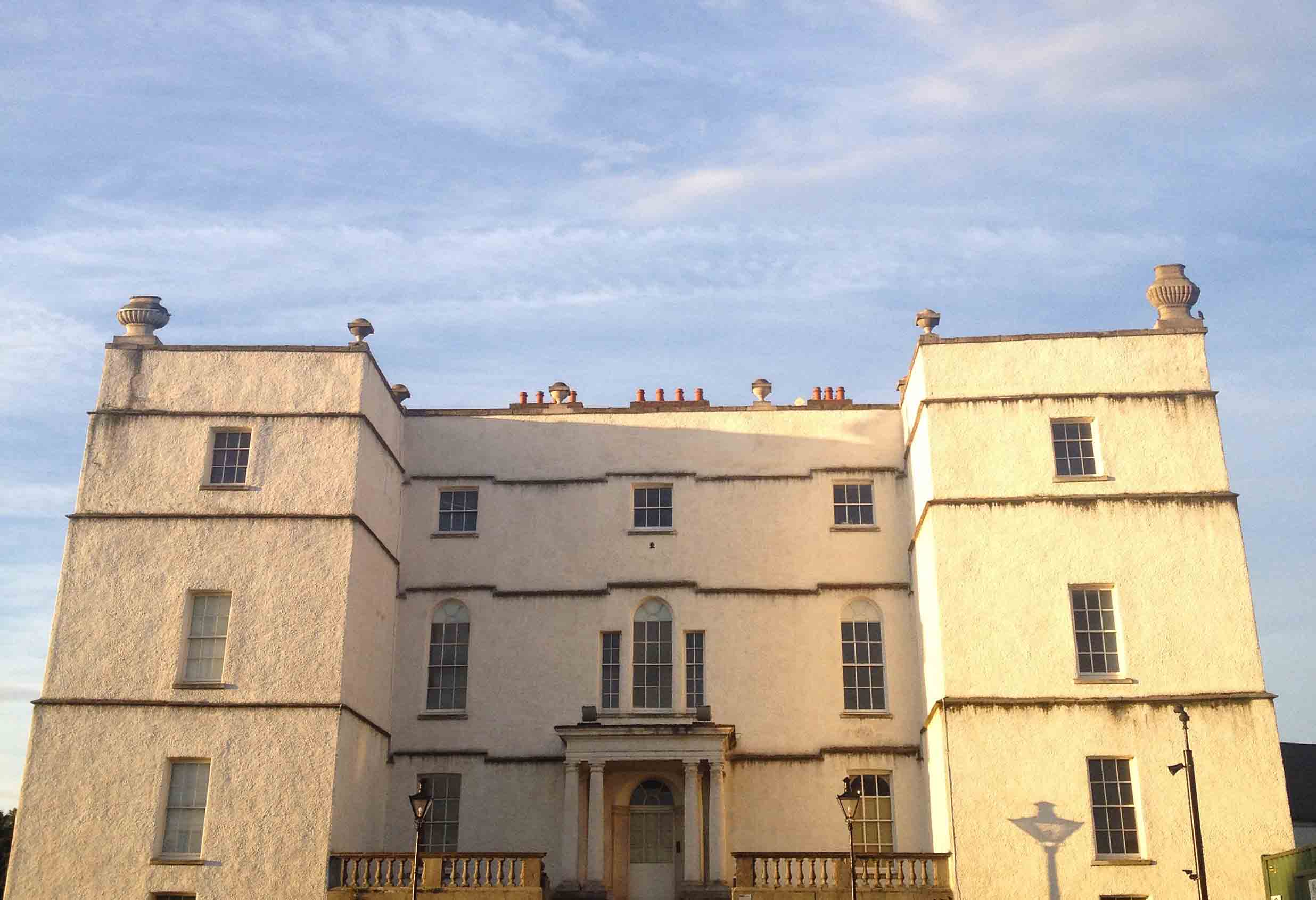
-
Digs & Discoveries
History's Largest Megalith

-
Digs & Discoveries
Squaring the Circles
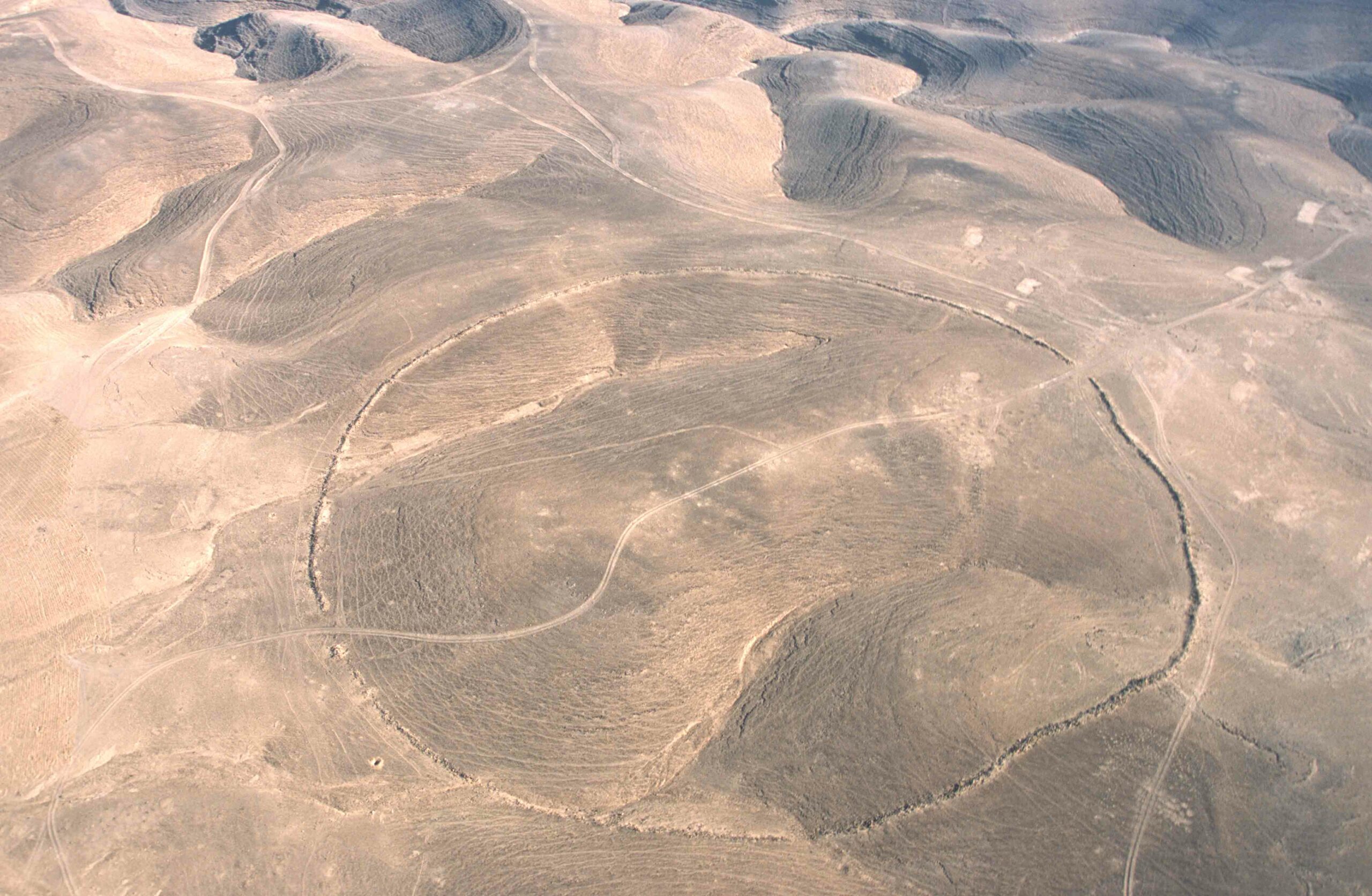
-
Digs & Discoveries
Hidden in a Coin Hoard
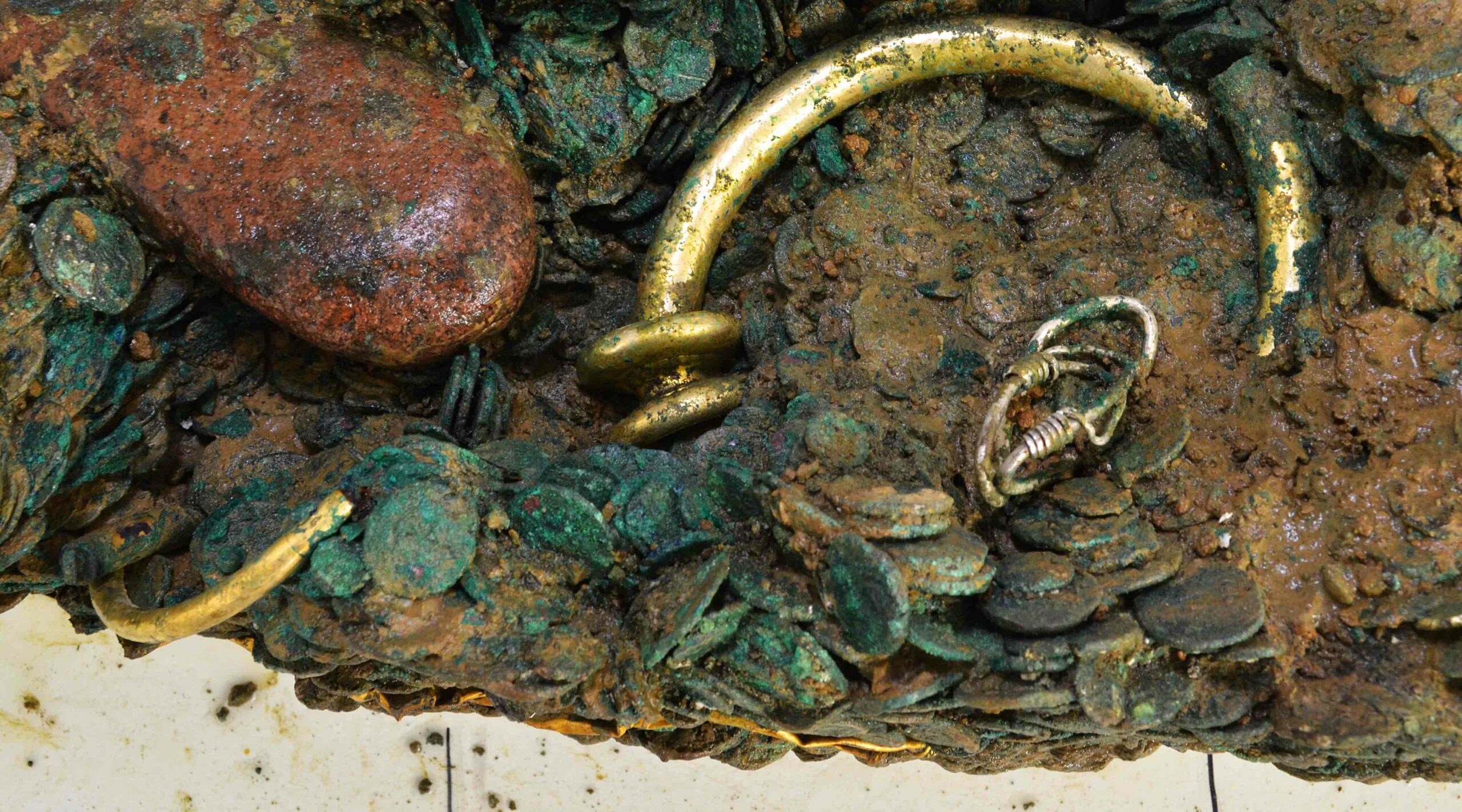
-
Digs & Discoveries
Autumn of the Master Builder

-
Digs & Discoveries
Buried With Care

-
Digs & Discoveries
New Mosaics at Zeugma
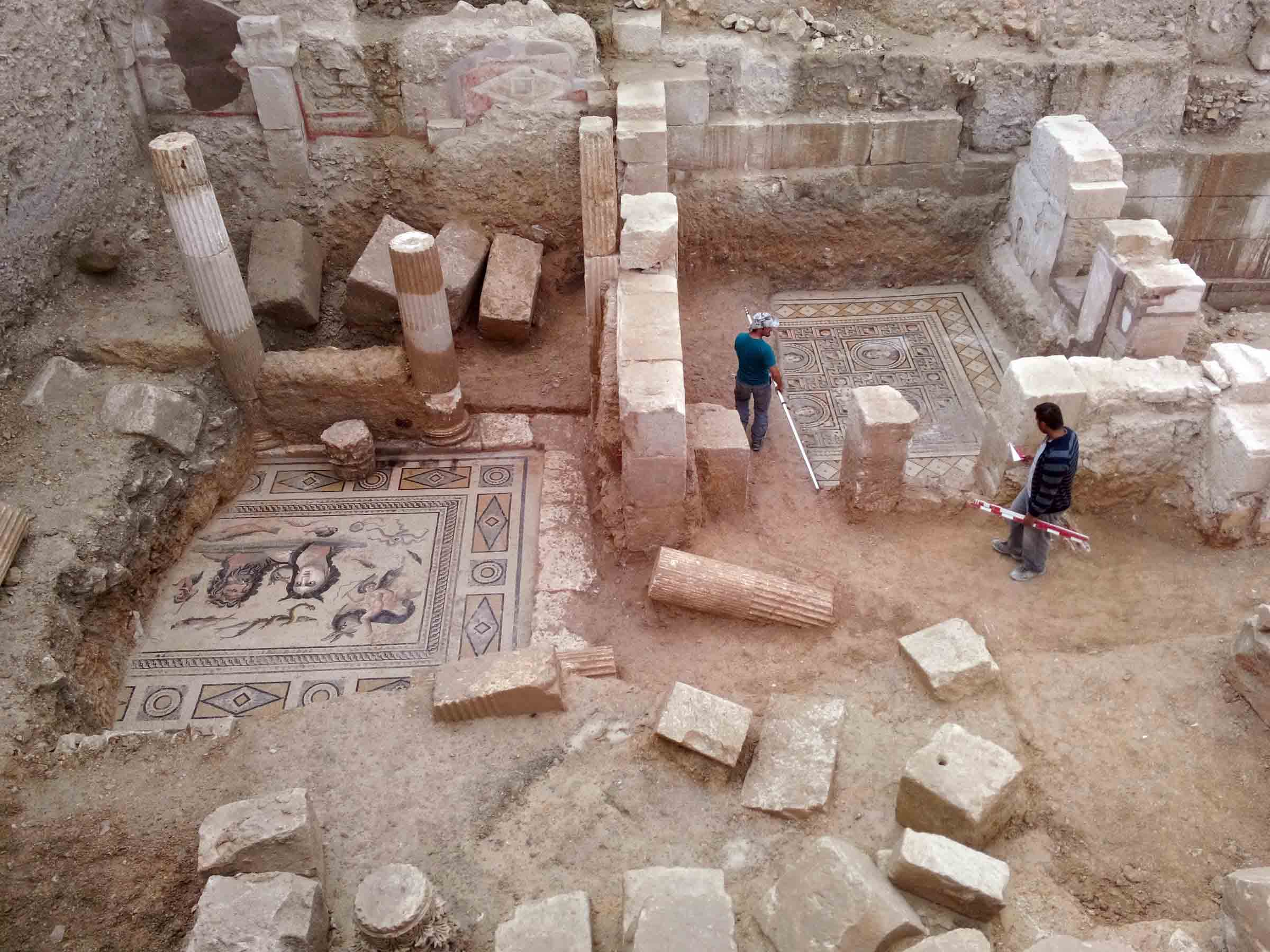
-
Digs & Discoveries
How to Eat a Shipwreck
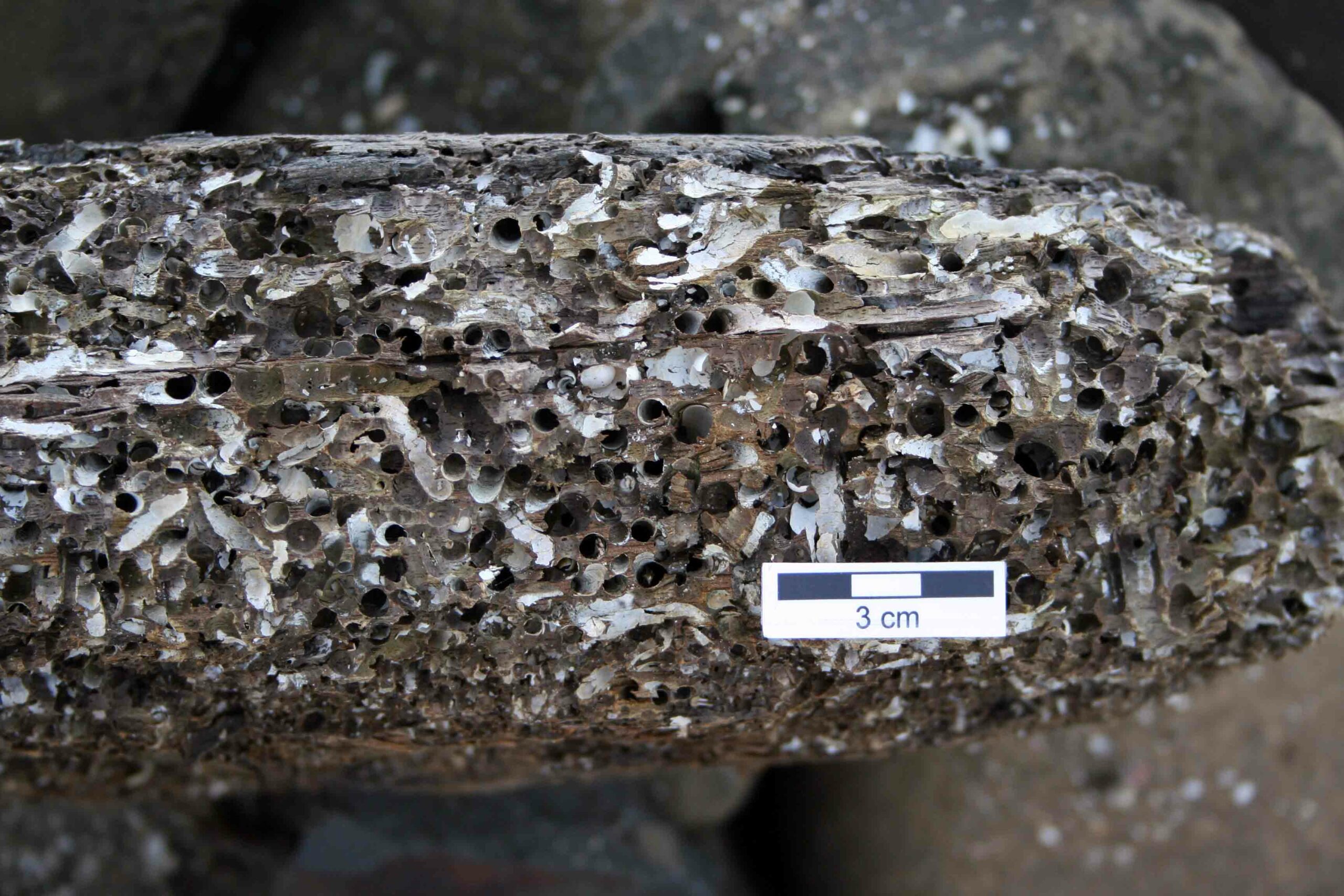
-
Digs & Discoveries
Tomb of the Jealous Dog
 (Courtesy Chinese Cultural Relics)
(Courtesy Chinese Cultural Relics) -
Digs & Discoveries
Shackled for Eternity
 (Courtesy © Frédéric Méténier)
(Courtesy © Frédéric Méténier) -
Digs & Discoveries
Treason, Plot, and Witchcraft
 (Courtesy National Trust, Photos: Martin Havens)
(Courtesy National Trust, Photos: Martin Havens)
Off the Grid
Off the Grid March/April 2015
Old Synagogue, Krakow, Poland
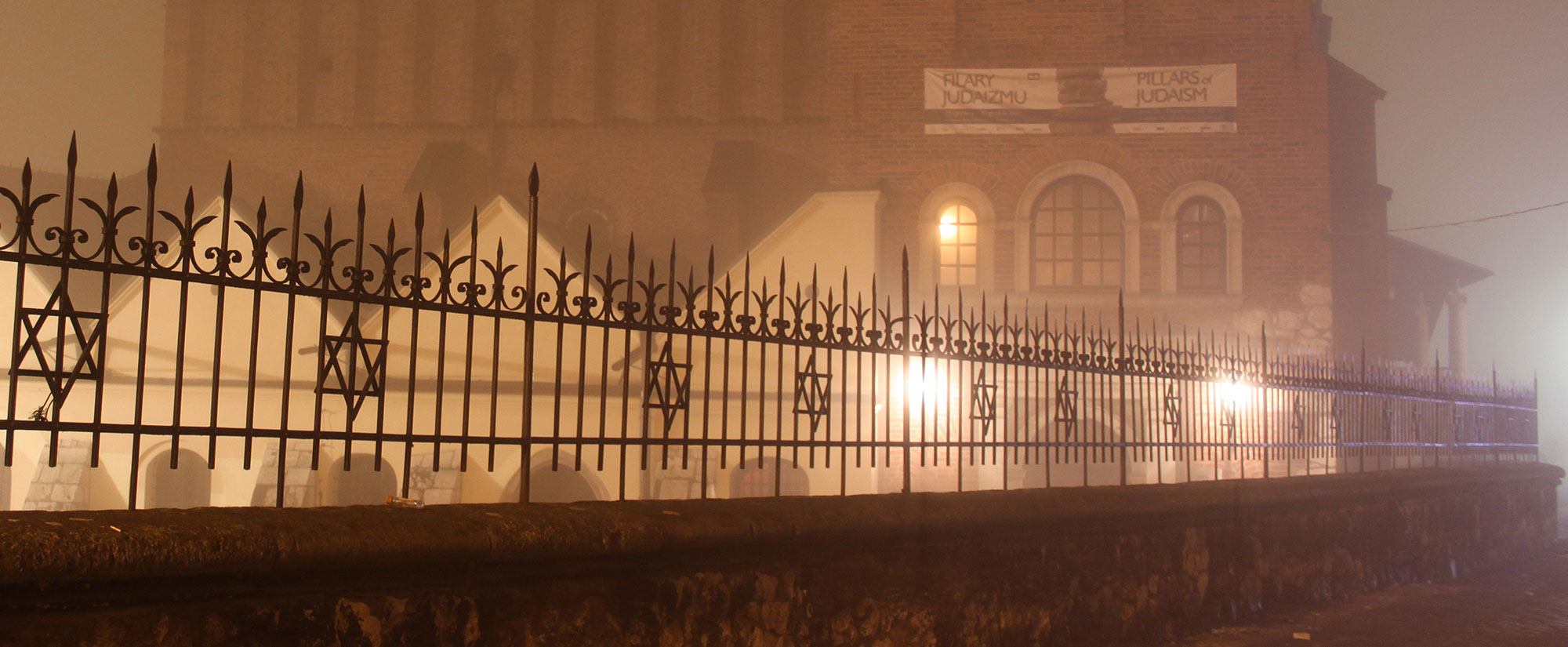

Around the World

NEW JERSEY

NEW JERSEY: While building a wall to protect coastline hit hard by Hurricane Sandy, workers encountered the remains of what appears to be a 19th-century shipwreck. Authorities have decided not to disturb the site further, but a telling artifact suggests that it might be the remains of Ayrshire, a Scottish brig full of Irish and English immigrants that went down in a storm in 1850. The artifact could be part of a locally invented pulley system—like an old-fashioned clothesline—that was used to rescue almost all the passengers. —Samir S. Patel

TRINIDAD AND TOBAGO

TRINIDAD AND TOBAGO: In 1677, the French and the Dutch fought over strategically important Rockley Bay in Tobago. By the time the smoke cleared, 2,000 men were dead and 14 ships sunk. Until now, not a single ship has been discovered there. Marine archaeologists looking for evidence of the battle have found a concentration of seven cannons, 72 clay pipes, four forks, and a Westerwald stoneware jug depicting Alexander, David, and Joshua. The evidence points to Huis te Kruiningen, a 130-foot-long Dutch warship that was scuttled to avoid capture by the French. —Samir S. Patel

CHILE

CHILE: The people of Rapa Nui (Easter Island) migrated to their remote South Pacific home from the west around a.d. 1200. Analysis of the genes of 27 descendants of those who created the famed moai statues confirms Polynesian ancestry, and also reveals European and Native American genetic markers. The European traits almost surely date to after European contact in 1722. The same may be true of the Native American genes, but statistical analysis suggests the Polynesian natives could have encountered Native Americans as early as 1280. This is the first human genetic evidence of such contact with the South American mainland.

